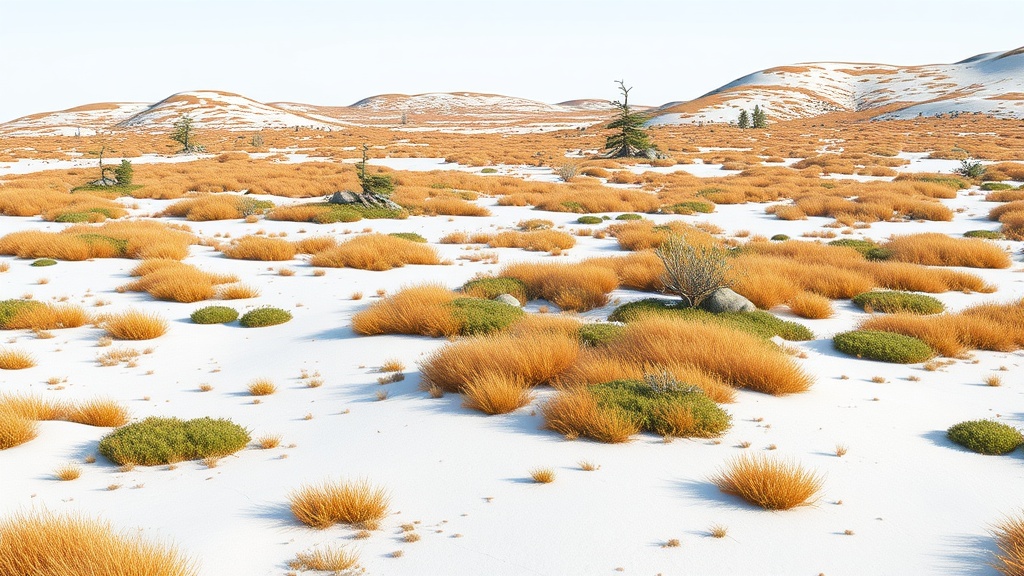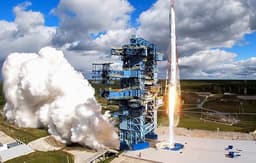Home / Environment / Norilsk's Resilient Landscapes: Soil and Vegetation Bounce Back
Norilsk's Resilient Landscapes: Soil and Vegetation Bounce Back
10 Nov
Summary
- Positive changes in vegetation and soils in Norilsk's previously disturbed areas
- Herbaceous vegetation developing well, while shrubs and trees recovering slowly
- Researchers developing models to predict soil degradation and restoration rates

As of November 10th, 2025, scientists from the Siberian Federal University and the Sukachev Institute of Forestry have uncovered promising signs of ecological recovery in the Norilsk Industrial District of the Russian Arctic. Their large-scale study, supported by the Russian Science Foundation and the Krasnoyarsk Regional Science Foundation, has revealed that the once heavily disturbed landscapes are now showing positive changes in vegetation and soil conditions compared to the early 2000s.
The researchers have studied around 60 soil sections across 12 sites, tracking the thermal and humidity changes in the soil cover of the disturbed areas. They have found that herbaceous vegetation is successfully developing, while shrubs and trees are demonstrating a relatively slower recovery, which is typical for longer-living woody plants.
Evgeny Ponomarev, an associate professor at the Siberian Federal University's Department of Ecology and Nature Management and a senior researcher at the Sukachev Institute of Forestry, stated that the results of this work are significant from both scientific and practical perspectives. The team is now developing recommendations for subsurface users in the Arctic, including a numerical model that can predict the rate of soil degradation or restoration, heat exchange, and vegetation specifications.




